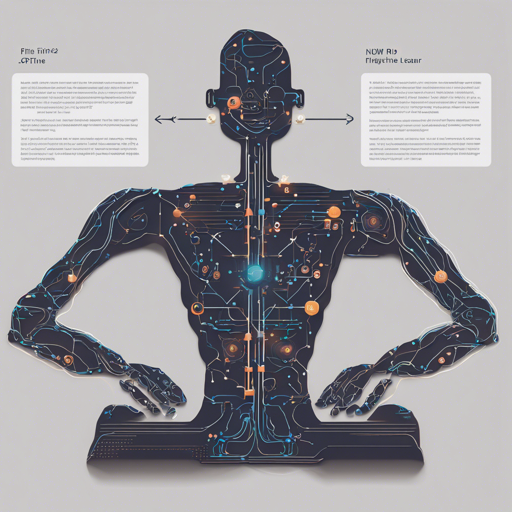Fine-tuning a machine learning model can seem like a daunting task, akin to tuning a grand piano to make it sound just right. However, with the right tools at your disposal, such as Teachable NLP, the process becomes as intuitive as playing a simple melody. This blog will guide you through the steps needed to fine-tune the GPT-2 model using a YouTube comments dataset for optimal performance.
What You Need to Get Started
- Base Model: GPT-2 Small
- Fine-Tuning Dataset: You can find the dataset for fine-tuning on Kaggle.
- Required Epochs: 5
- API Page: Utilize the API available at Ainize.
- Demo Page: Access the demo on End-point.
Steps to Fine-Tune the Model
Fine-tuning a GPT-2 model can be visualized as adjusting the frequency of a radio to get a clearer signal. By providing your model with specific data, you enable it to better understand the nuances of that data. Here’s how to do it:
1. Access Teachable NLP
First, you’ll want to head over to the Teachable NLP platform available at Teachable NLP. This platform gives you a user-friendly interface for model training.
2. Upload Your Dataset
Once logged in, you can upload your chosen dataset from Kaggle. This is akin to feeding a puzzle piece into a larger picture, as the data will help shape the outcome of your model’s training.
3. Configure the Training Parameters
Set the base model to GPT-2 Small and define the epoch count as 5. This step ensures you’re not just spinning your wheels; rather, you’re setting a focused pathway toward optimization.
4. Start Training
Initiate the training process. Depending on your internet speed and the size of your dataset, this process may take a little time, similar to waiting for a pot of water to boil.
Using the Fine-Tuned Model
After training, you can send requests to your fine-tuned model using the API links provided. Treat this as akin to having found the perfect radio station that plays your favorite music; all you have to do is enjoy the output.
Troubleshooting Common Issues
While working with AI and machine learning models, you may encounter some bumps along the way. Here are a few troubleshooting ideas:
- Training Errors: Make sure your dataset is clean and formatted correctly. Errors may arise from improper data handling, much like a puzzle that won’t fit together due to missing or incorrect pieces.
- API Requests Not Responding: If your API doesn’t respond, check the endpoints you are using and ensure they are active.
- Model Performance Not As Expected: Review the training parameters and consider additional epochs or try different datasets. Sometimes fine-tuning may require a bit of trial and error to get just right!
For more insights, updates, or to collaborate on AI development projects, stay connected with fxis.ai.
Conclusion
Fine-tuning the GPT-2 model using tools like Teachable NLP is a straightforward process that opens the door to myriad applications in natural language processing. Remember, each adjustment is a step closer to a finely tuned masterpiece.
At fxis.ai, we believe that such advancements are crucial for the future of AI, as they enable more comprehensive and effective solutions. Our team is continually exploring new methodologies to push the envelope in artificial intelligence, ensuring that our clients benefit from the latest technological innovations.

